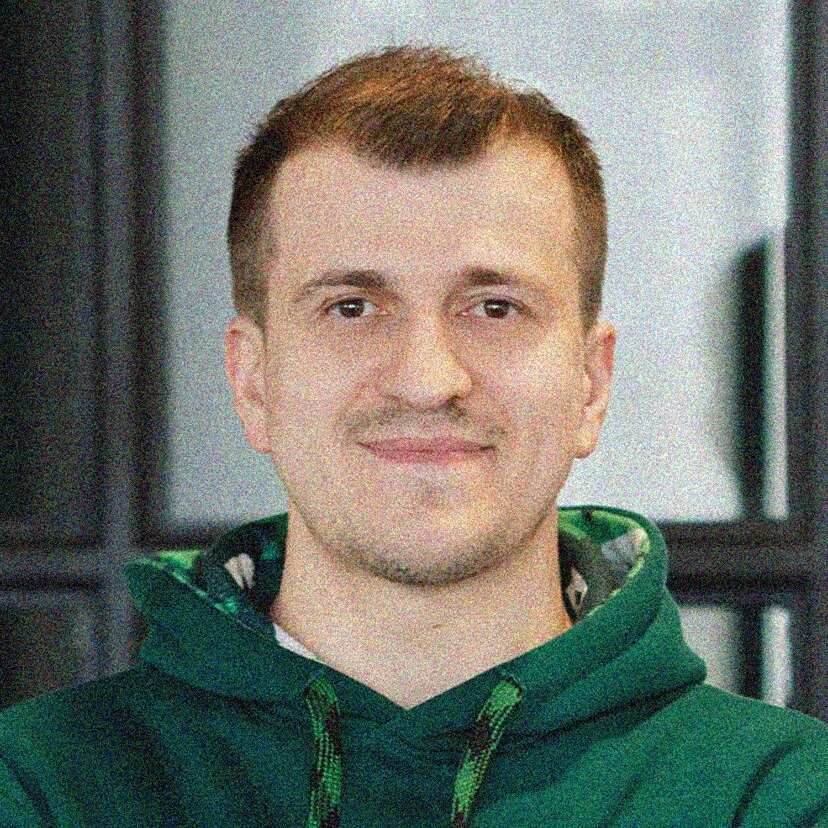Mentoring the Next Wave: What It's Like Guiding Interns Through Six Weeks of Real AI Product Development
A few months ago, I had a casual conversation with our director where I mentioned that I’d like to formally step into a mentorship role. While I had unofficially mentored younger colleagues before, offering advice whenever I could, this felt different. This time, it came with real responsibility and expectations.
I was excited. And a little nervous.
The Project: AI-Driven Drive-Thru Ordering System
When we started brainstorming ideas for this year’s internship project, we had a few directions in mind. One option was to take existing projects from previous years and improve them through feature enhancements, UI upgrades, and cleaner code. But we quickly realized that doing so would take away a big part of the experience: setting up a new codebase from scratch, making early architectural decisions, writing the first class, designing the first UI.
Instead, we decided to do something innovative and technically challenging: an AI-Driven Drive-Thru Ordering System.
It sounded easy enough – at least in theory: what if you could order your food at a drive-thru just by talking, no need to interact with a person at all? You’d say your order out loud, the system would listen, turn your voice into text, figure out what you want by comparing it to the menu, and then show you the result. And if something was off, maybe it misheard you, or you changed your mind, you could simply correct it, still using your voice. When it works, it feels like magic. When it doesn’t, you start missing the human on the other end of the speaker.
Working and Learning Like a Real Software Team
From the very beginning, we wanted the interns to get a realistic feel of what it’s like to work in a real software team. That meant not just writing code, but being part of the full development cycle, from backlog grooming and sprint planning to daily standups, development, demos, and retrospectives.
 We provided the equipment, a shared workspace, and a rough vision of what the end product could be. But when it came to tools and implementation choices, we gave them space to explore.
We provided the equipment, a shared workspace, and a rough vision of what the end product could be. But when it came to tools and implementation choices, we gave them space to explore.
We defined the core technologies and programming languages we expected them to use, but left a lot of decisions up to them. For instance:
-
Which large language model to use?
Up to them, as long as they could defend the choice.
-
What should the UI look like?
They designed it themselves in Figma.
- How should we handle errors in voice interpretation?
They proposed and tested solutions.
We operated as a full agile team: backlog grooming, sprint planning, daily standups, demo, retrospective – all part of regular workflow. It wasn’t just about building a project. It was about understanding what day-to-day software development really involves.
Mentorship in Practice
I wasn’t alone in this. Tajib and Ermin, two of my colleagues, were equally involved. At first, we reviewed every pull request, and left plenty of comments. But as weeks went on, the quality of their work improved. Later on, we encouraged them to review each other’s code before asking us.
One moment that stood out to me was when an intern submitted a solution that “worked”, but wasn’t ideal. Instead of pointing out what was wrong, I asked a few open-ended questions like “What happens if the input changes here?” and “How would you scale this to more users?”
You could see the lightbulb go off. That moment of realization, when they discovered the better approach themselves was far more powerful than any line of feedback I could’ve written.

Looking Back, Moving Forward
Demo day was a proud moment. Watching the interns confidently walk us through not just what they built, but why they made certain decisions was incredibly satisfying.
The journey had its fair share of challenges, bugs that took some digging, merge conflicts that tested their patience, and a few LLM hallucinations that turned into running jokes. But everything happened within a clear 9-to-3 structure, just focused, consistent effort throughout (with a few exceptions, as real life tends to go).
Personally, I learned a lot too. I realized that being a good mentor isn’t about having all the answers, but about knowing when to offer guidance, when to ask the right questions, and when to let someone figure things out on their own. Some of the most valuable learning moments came not from explaining the solution, but from giving them space to reach it themselves. They didn’t need constant direction, just knowing support was there when they needed it made all the difference. That’s when real learning started to happen.
This experience showed us just how impactful a well-structured internship can be, not only for those learning, but for those leading as well.
To anyone thinking about mentoring: do it. You’ll teach a lot. But you’ll learn even more.

